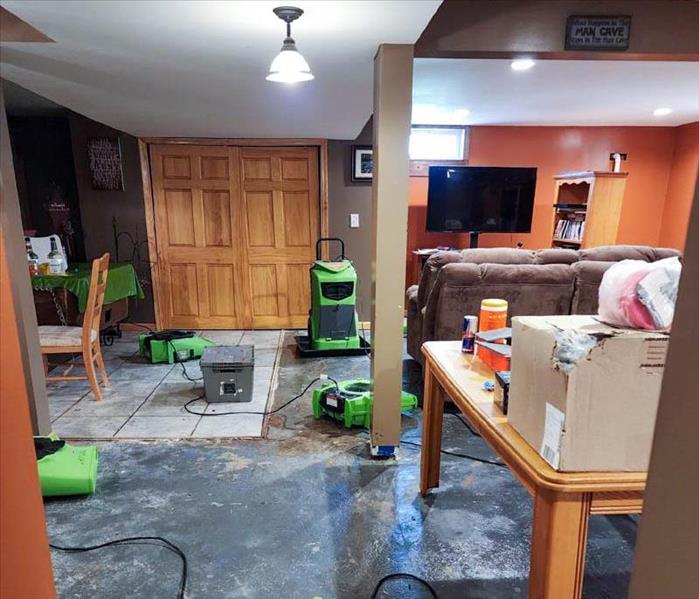How Properly Recording Water Damage Can Make or Break Your Insurance Claim
10/21/2023 (Permalink)
 When faced with water damage in your home or property, documenting the extent of the damage is a critical step in the recovery process.
When faced with water damage in your home or property, documenting the extent of the damage is a critical step in the recovery process.
When faced with water damage in your home or property, documenting the extent of the damage becomes a critical step in the recovery process. Not only does thorough documentation help in assessing the necessary repairs and restoration, but it is also crucial for filing an insurance claim. In this blog post, we will explore the importance of documenting water damage and provide essential tips for maximizing your chances of a successful insurance claim.
Why Documentation Matters
Evidence for insurance claims: Proper documentation serves as evidence when filing an insurance claim for water damage. It helps establish the date, cause, and extent of the damage, supporting your claim for coverage and reimbursement.
Accurate assessment of damages: Detailed documentation allows for an accurate assessment of the damages. This ensures that all necessary repairs and restoration work are included in the insurance claim, avoiding potential disputes or underestimations that may leave you out of pocket for additional expenses.
Proof of pre-existing conditions: Documentation can also be vital in proving that certain damages existed before the water incident occurred. This prevents insurance companies from denying claims based on pre-existing conditions or wear and tear, which may not be covered.
Tips for Documenting Water Damage
Take photographs and videos: Capture comprehensive visual evidence of the damage using a camera or smartphone. Take photos and videos from multiple angles to provide a clear view of the affected areas. Remember to date your documentation to establish when the damage occurred.
Note relevant details: Record important details related to the water damage, such as the cause of the incident, areas affected, and any visible signs of damage or deterioration. Include descriptions of any valuable items or personal belongings that have been affected, as well.
Preserve documentation: Store all documentation, including photos, videos, receipts for repairs, and communications with contractors or restoration professionals in a safe place. This ensures that you have access to all the necessary information when filing an insurance claim.
Seek professional assessments: Engage professionals, such as water damage restoration experts, to assess the extent of the damage and provide detailed reports. These professional assessments often carry more weight in insurance claims and can help substantiate the severity of the damages.
Contact the insurance company promptly: Notify your insurance company as soon as possible after the water damage event. Follow their guidance regarding the claims process and provide all the necessary documentation and evidence promptly to avoid any delays or complications.
Remember, thorough documentation is the key to successfully navigating the insurance claims process after water damage. By capturing and preserving accurate and detailed evidence, you can ensure a smoother experience and maximize your chances of receiving the coverage you deserve to restore your property back to its pre-damage condition.





 24/7 Emergency Service
24/7 Emergency Service